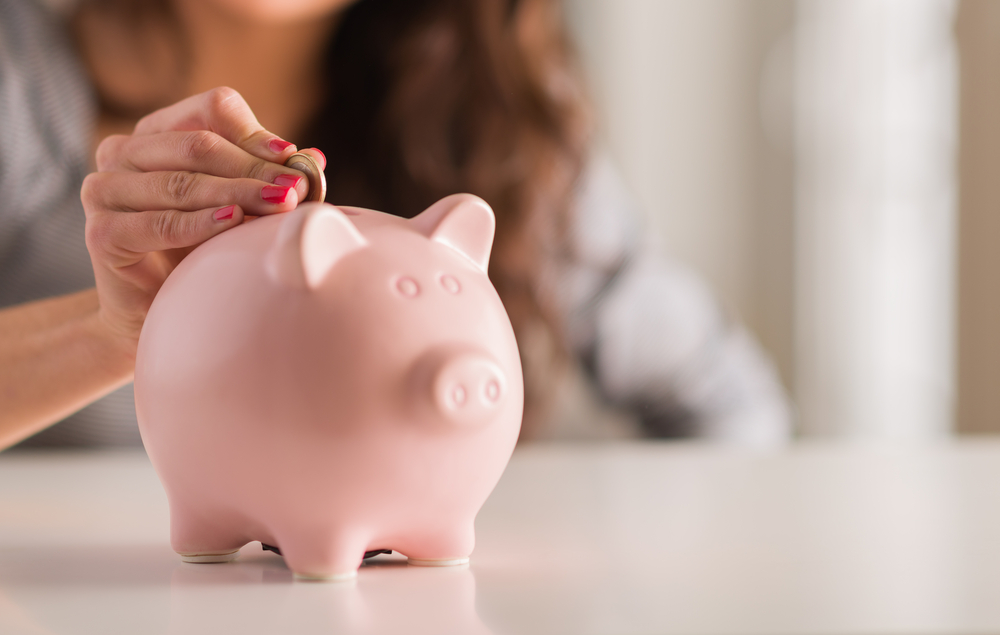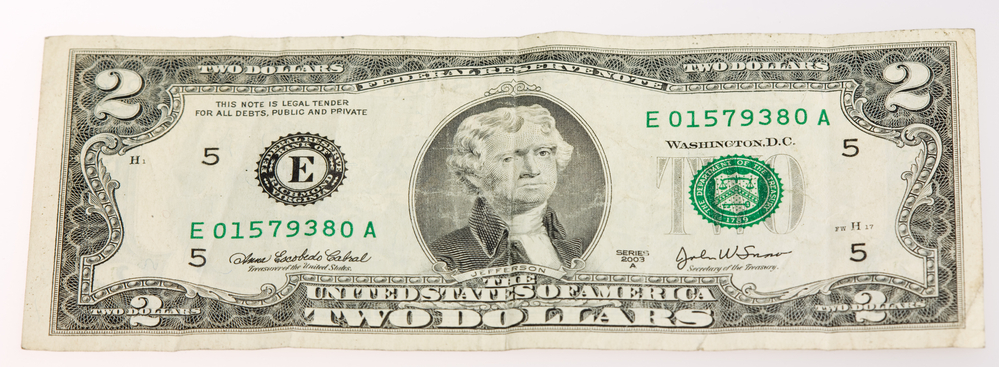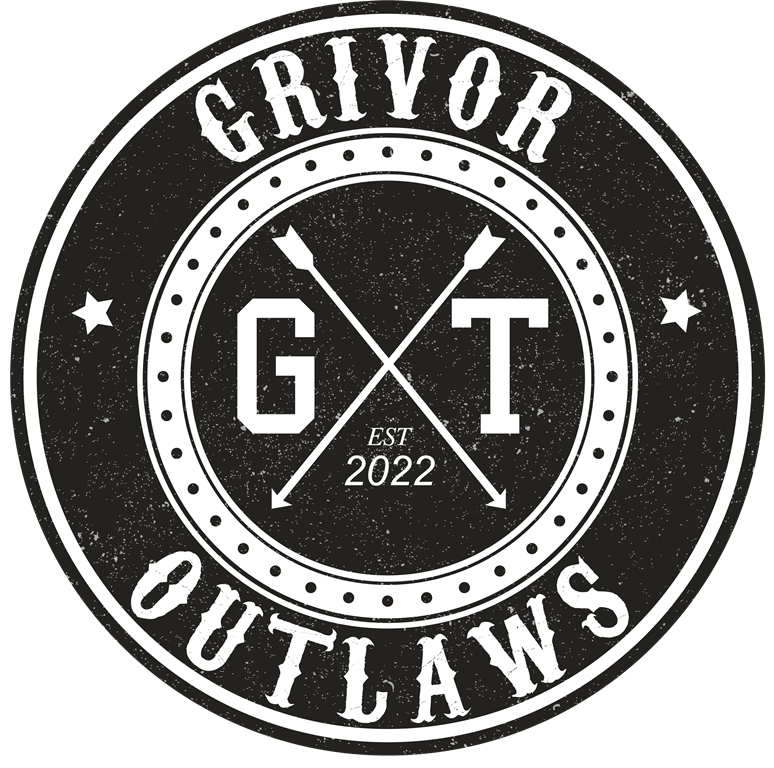
Many of us are working towards saving for something important, whether it’s a vacation, a new car, retirement, or our children’s college fund. However, one common challenge we face is the actual act of saving money. Despite our best intentions, we often come up short. What’s the usual routine each week? We receive our paychecks, take care of bills, buy groceries, perhaps enjoy a coffee, and before we know it, we’re out of money until the next payday. So how can we effectively save for our goals and needs? The key is to “Pay Yourself First.” It’s as simple as that.

Managing our finances can often be a significant challenge in life. One effective approach to tackle this is by implementing the “Pay Yourself First” method. Instead of prioritizing bill payments, this method encourages you to allocate a portion of your income to your own savings first. You might be thinking, “If I pay myself first, how will I cover my essential expenses like utilities and heating?” These were my initial concerns as well, but I found that when you give it a try, you’ll realize there’s more than enough money to meet your needs.
In our family, we make it a practice to pay ourselves 10% of any income we receive, whether it’s a paycheck, credit card cashback, or any other form of income. We’ve been pleasantly surprised by how effective this approach has been in helping us save money. You don’t have to stick to the 10% rule; you can contribute what you feel comfortable with. There have been times when we could only save 2% or 5%. The important thing is that we set aside a portion of our income before spending it elsewhere.
If our income is directly deposited into our checking account, we immediately transfer 10% to our savings account. When we receive cash, we put 10% into an envelope and deposit it into the bank monthly. To keep track, we maintain an Excel file that outlines how the money is allocated for various purposes, such as a vacation, a new kitchen, an emergency fund, and other financial goals. While we’re still working towards achieving these objectives and building up each account, the point is that we’re saving something, making progress, and getting closer to our goals.
By paying yourself first, you will develop a habit of saving money over time. It encourages budgeting and forces you to distinguish between needs and wants. It makes you think twice about your spending habits. For example, you might realize that you frequently buy expensive coffee from Starbucks. Paying yourself first may lead you to rethink this expense and find ways to cut back, such as brewing coffee at home more often.
This approach also helps you recognize the difference between needs and wants. You’ll come to understand how many things in life fall under the “want” category rather than “need.” Perhaps you have a daily Starbucks habit. By paying yourself first, you may decide to cut back on this luxury, reducing it to three times a week and making coffee at home on other days. Remember, it’s essential to enjoy life, but this method encourages you to be more mindful of your spending.
So, when should you start? I recommend starting with your next income payment. When you receive your paycheck, try setting aside 10% and place it in an envelope or a dedicated savings account. You’ll find that your savings goals become more attainable, and you’ll still have the means to cover your bills and enjoy life. If 10% feels too challenging, begin with 2% or 5%. The key is to start today and give it a try. Grab a pen and paper, write down your savings goals, and take action. Even if you can only allocate a small amount, like $3 a month towards a new sofa you’ve been eyeing, remember that it’s $3 closer to your goal than you were last month.
